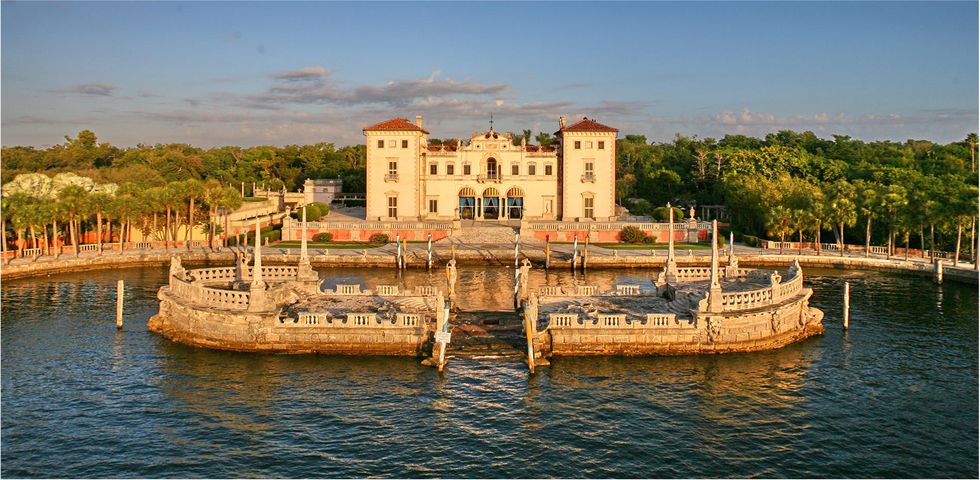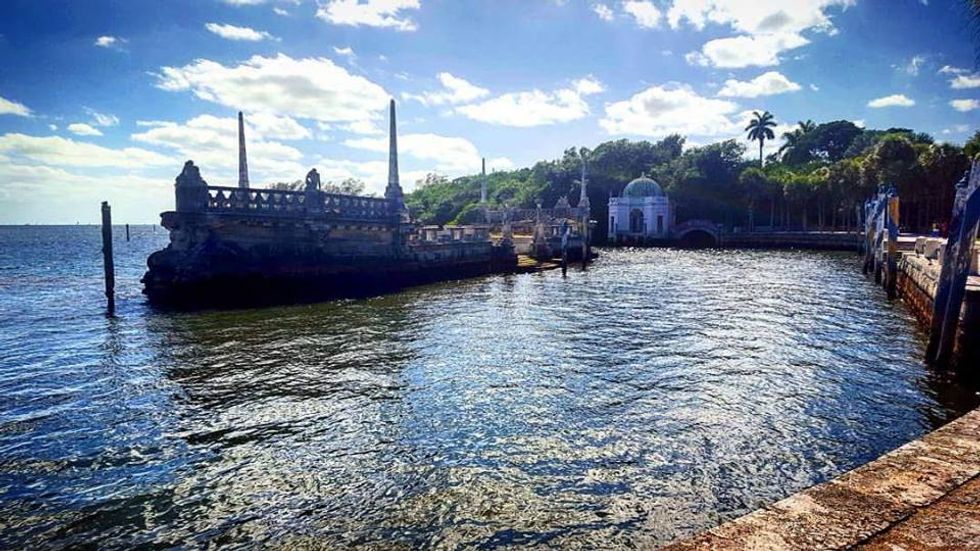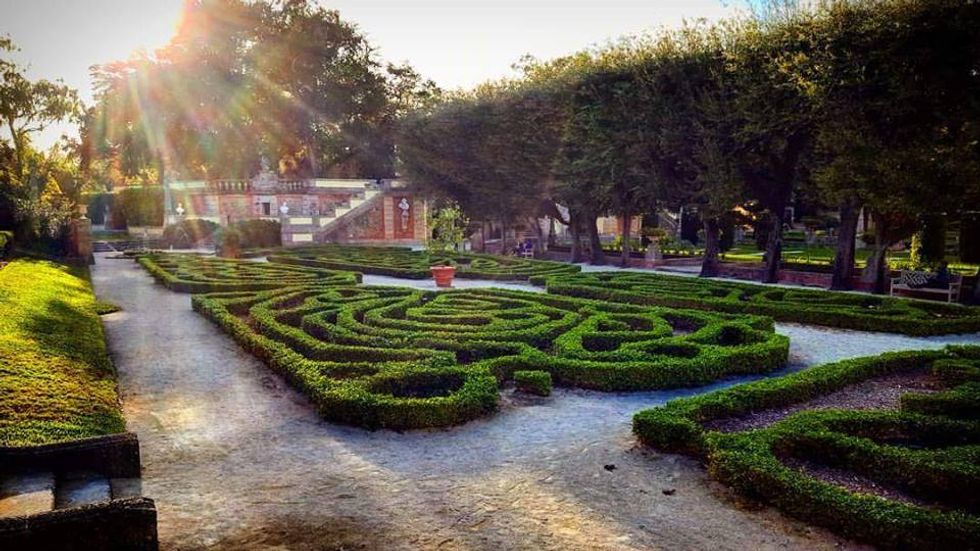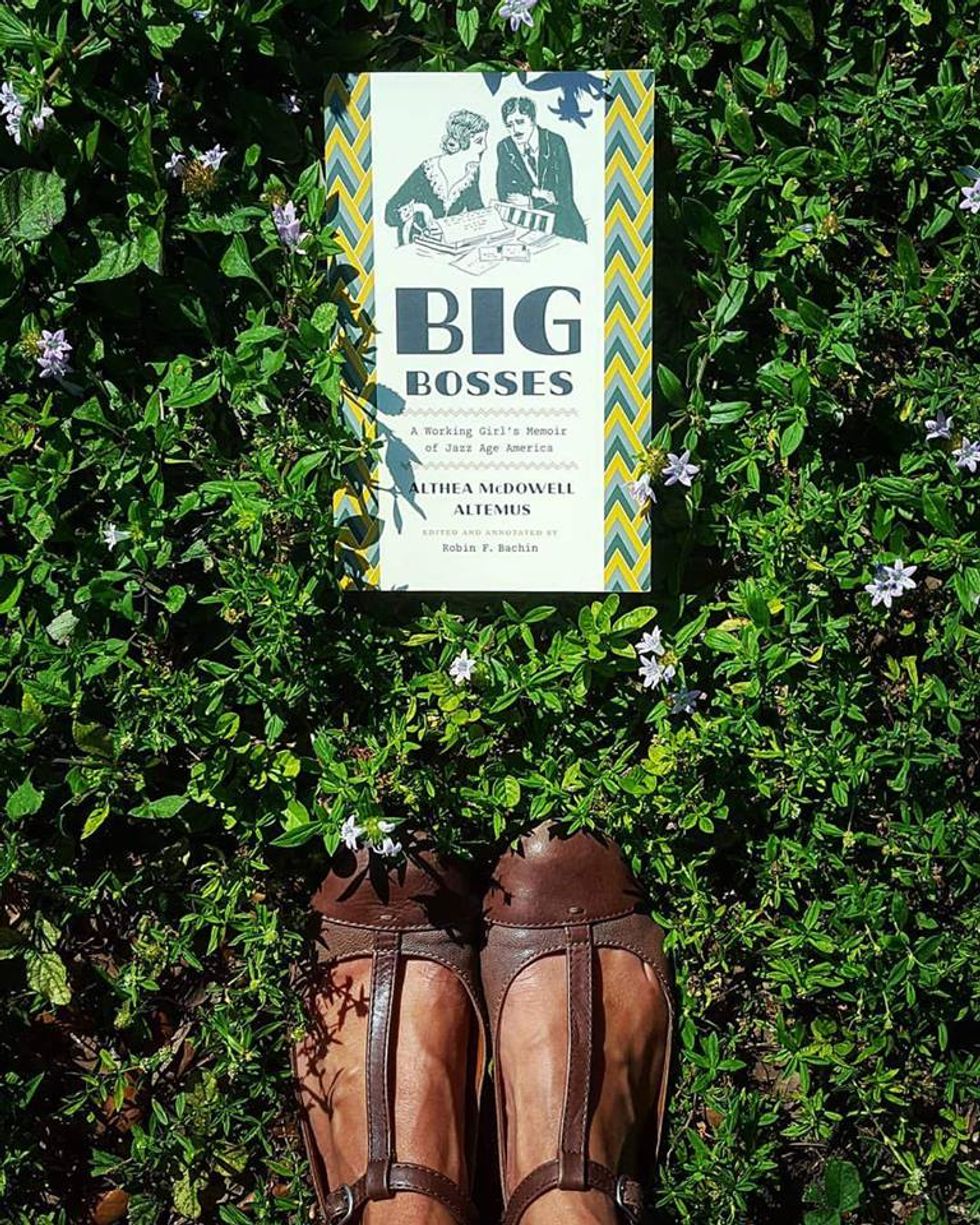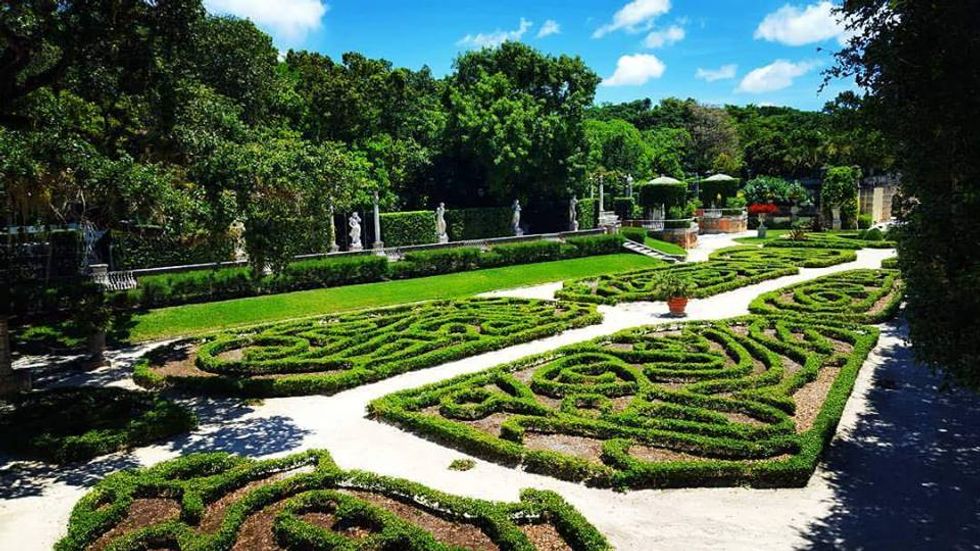If you're a Miami resident, you've definitely heard of Vizcaya. You either know or know of someone who had their quinceañera shoot, engagement photo session, or wedding at what is largely accepted to be one of the most beautiful, romantic venues in the Miami area. Perhaps because I am neither Latina nor engaged, nor well-acquainted at this time with anyone wealthy enough to be married at Vizcaya, I had somehow managed to evade every Miamian's obligatory hajj to the Villa, in spite of its renown, until I was twenty-one.
My first visit to Vizcaya, an event that had momentous implications for the rest of my existence, happened a bit over a year ago, in March of 2016. I’d seen a Facebook event advertising for the Miami palace’s first annual Seersucker Social, a night of 1920’s music, cocktails, costumes, dancing, and revelry. The event page featured pictures of men in boater hats and seersucker suits, for which the event was named, and women in sparkly dresses, their arms and necks adorned with equally dazzling necklaces and bracelets. An ardent lover of nearly anything from the 1920’s, I was eager to go and looked forward to finally seeing one of Miami’s most renowned historical landmarks for the first time.
The Vizcaya Museum and Gardens, a gleaming estate in Miami’s Coconut Grove district, is essentially South Florida’s answer to Jay Gatsby’s opulent West Egg mansion. The main house, boasting fifty-four rooms spread out over an expansive 38,000 square feet, stands regally at the edge of Biscayne Bay, much like the Gatsby estate. Formerly known as the Villa Vizcaya, the house was built between 1914 and 1922, and each detail was carefully supervised by owner James Deering. Deering, a businessman, bachelor, and heir to the Deering Harvester Company, took most of his inspiration from across the pond: the lavish mansion features architectural motifs characteristic of the Italian Renaissance, with additional nods to French, Greek, and Spanish architecture and design. Deering picked and chose what he thought to be the best of every locale and created a magical, albeit somewhat anachronistic, paradise where he threw extravagant parties and housed famous actors and socialites in his home for weeks at a time.
Like Gatsby, Deering managed to have alcohol aplenty in the midst of prohibition (it was stored in the estate’s casino mound), watched his visitors from afar whenever the Villa was open to the public, and died on water (aboard a steamship in 1925). While much of Vizcaya’s history still remains shrouded in mystery, new discoveries are being made about the property and its owner all the time. Last year, a memoir from Deering’s personal secretary was published, verifying much of what was already known while shedding light on hitherto unclear details.
Vizcaya’s history offers a beautiful, poignant glimpse into life in the Jazz Age, and the estate lends a degree of authenticity that simply cannot be found at your run-of-the-mill Gatsby-themed college party. Realizing that there could hardly be a more poetic occasion during which to see Vizcaya for the first time, I donned a flapper dress, headband, and pearls, and headed over to the Grove, eager to see what the evening had in store. I fell in love that night, not only with the jazz music, the twinkling lights floating gracefully about all ten acres of the polished botanical gardens, and the fantasy of existing in the Roaring Twenties for a night, but also with all that Vizcaya stands for.
You see, the most magical aspect of Vizcaya is not its nostalgia, but rather its ability to serve as a bridge, a unifying force connecting art to science, the past to the present, and individuals to each other. Just as James Deering’s vision for the estate brought several architectural and artistic aesthetics together in order to form a coherent, functional whole, so Vizcaya is as multifaceted and diverse in purpose as the Miami area itself. While there’s hardly any better way to spend an evening out, Vizcaya isn’t just a fabulous spot for dancing, mingling to jazz music, and hearing people use the word ‘splifficated’ correctly in a sentence. In the mornings, there are tours, history and art lessons, nature walks during which visitors learn how to identify different plant species in our area. And while Vizcaya is passionately dedicated to the preservation of the past, its physical existence on rising waters also demands that its admirers think of the future; Vizcaya holds numerous events annually (for instance, last September's "An Emotional Lexicon for Climate Change"), detailing the importance of conservation and environmental reform in a metropolis fraught with pollution. Most importantly, perhaps, it encourages education and conversation, about anything and everything, with each other. By bringing people together for events, service, and a common cause, Vizcaya does its part to create a sense of unity in divisive times. For these reasons, I can’t think of a place in the world that means more to me, or a location more representative of Miami’s finest ideals.


